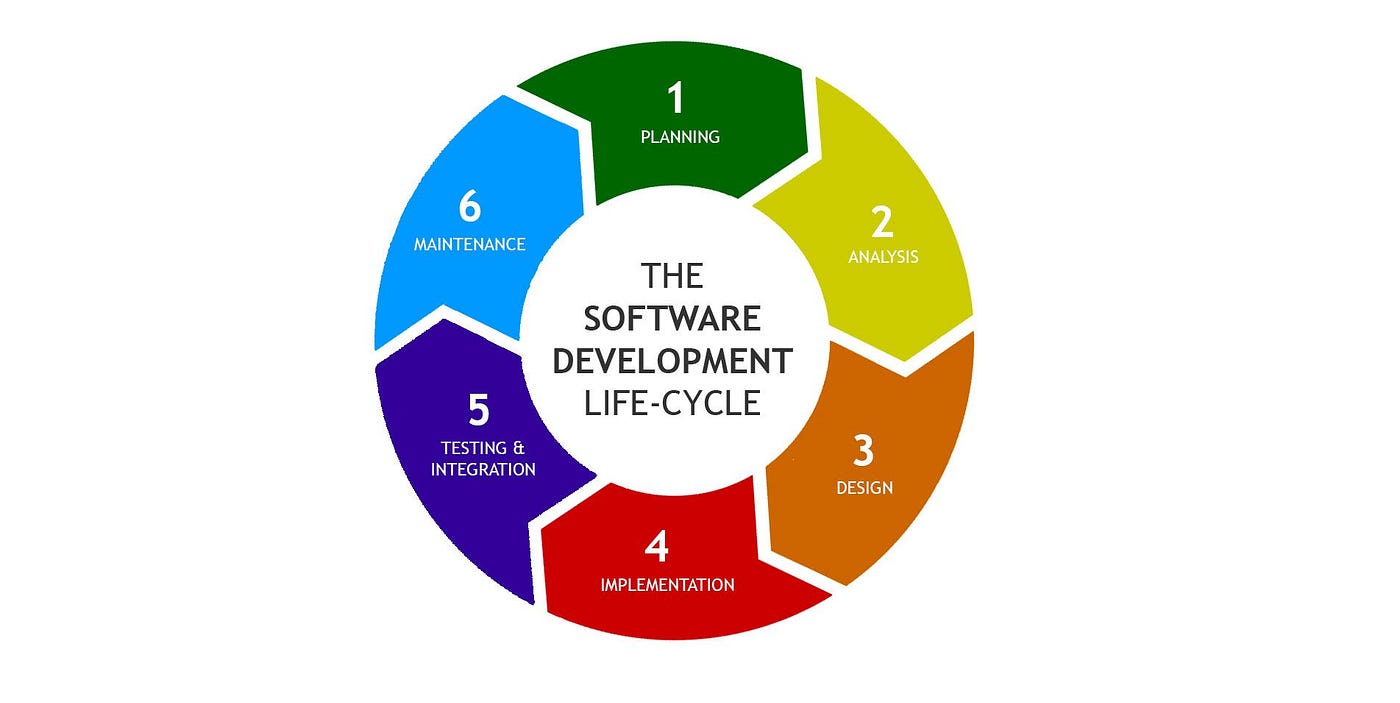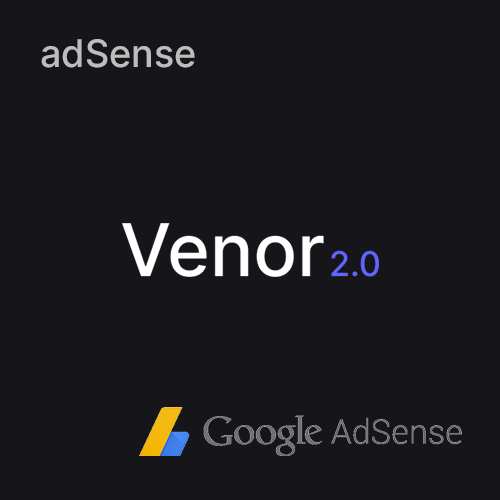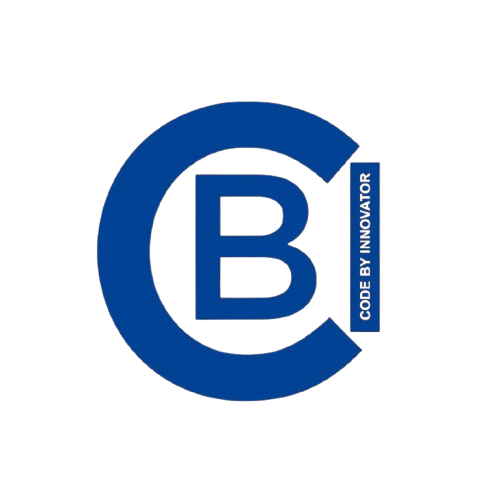Mastering the Software Life Cycle: From Idea to Deployment
🌀 What is the Software Life Cycle?
The Software Life Cycle Process refers to a series of phases that software goes through from its initial conception to its eventual retirement. It provides a structured approach to software development, ensuring that every step is planned, documented, tested, and improved.
🔁 The 6 Key Phases of SLCP
Let’s break down each phase:
1. Planning
Goal: Define the purpose, scope, resources, and timeline of the software project.
-
Analyze business needs
-
Identify project risks
-
Estimate costs and resources
-
Develop a high-level plan
🔧 Example: A company wants to build a customer support portal to reduce email traffic and improve response time.
2. Requirement Analysis
Goal: Gather detailed functional and non-functional requirements.
-
Stakeholder interviews
-
Document user needs
-
Create use cases or user stories
🔧 Example: Users need to submit tickets, track their status, and receive email notifications.
3. Design
Goal: Create architecture and technical design for the software system.
-
UI/UX design
-
Database schema
-
System and software architecture
-
Define tech stack
🔧 Example: Decide whether to build a web-based app using React and Node.js or use a pre-built CMS.
4. Development
Goal: Convert designs into functional software.
-
Write clean, testable code
-
Integrate APIs and third-party tools
-
Use version control (Git, GitHub)
🔧 Example: Developers create frontend pages, backend APIs, and connect them with a database.
5. Testing
Goal: Ensure the software is bug-free and meets requirements.
-
Unit testing
-
Integration testing
-
User acceptance testing (UAT)
-
Automated vs. manual testing
🔧 Example: QA team checks if the ticket form works on mobile, and users get email notifications.
6. Deployment & Maintenance
Goal: Launch the software and keep it updated.
-
Deploy on servers or cloud platforms
-
Monitor performance
-
Fix bugs and release updates
-
Respond to user feedback
🔧 Example: The app is deployed on AWS, and updates are rolled out monthly with new features.
🔄 SDLC Models: Which One Should You Use?
There are different models to follow depending on the nature of your project:
-
Waterfall Model – Linear and step-by-step (best for simple, fixed-scope projects)
-
Agile Model – Iterative and flexible (ideal for fast-changing environments)
-
Spiral Model – Combines iterative development with risk management
-
V-Model – Emphasizes testing at each stage
💡 Why SLCP Matters
✅ Improved Project Planning
✅ Risk Reduction
✅ Higher Quality Software
✅ Better Communication Between Teams
✅ Cost Control and Time Management
🧠 Final Thoughts
The Software Life Cycle Process is more than just a technical roadmap — it’s a mindset that ensures every stakeholder is aligned, every feature is purposeful, and every release delivers value. Whether you're building a mobile app or managing a large enterprise system, mastering SLCP will help you deliver better software more consistently.




